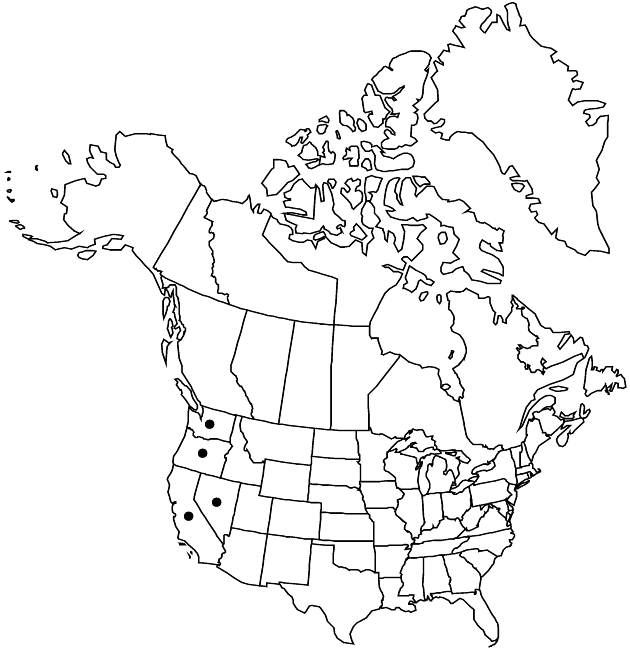Difference between revisions of "Crepis bakeri subsp. bakeri"
Common names: Baker’s hawksbeard
Treatment appears in FNA Volume 19. Treatment on page 226.
FNA>Volume Importer |
FNA>Volume Importer |
||
| Line 42: | Line 42: | ||
|publication year= | |publication year= | ||
|special status= | |special status= | ||
| − | |source xml=https://jpend@bitbucket.org/aafc-mbb/fna-data-curation.git/src/ | + | |source xml=https://jpend@bitbucket.org/aafc-mbb/fna-data-curation.git/src/f50eec43f223ca0e34566be0b046453a0960e173/coarse_grained_fna_xml/V19-20-21/V19_278.xml |
|tribe=Asteraceae tribe Cichorieae | |tribe=Asteraceae tribe Cichorieae | ||
|genus=Crepis | |genus=Crepis | ||
Revision as of 21:16, 16 December 2019
Plants 10–30 cm. Leaves 8–12 × 3–4 cm, deeply lobed, lobes lanceolate to elliptic, faces canescent-tomentulose. Heads 2–13. Calyculi: bractlets lanceolate (longest ± 1/2 phyllaries). Involu-cres broadly cylindric, 16–20 mm in fruit. Cypselae dark brown, 8–10.5 mm, apices slightly tapered; pappi 9–10.5 mm. 2n = 44.
Phenology: Flowering May–Jul.
Habitat: Dry open slopes
Elevation: 500–1900 m
Distribution

Calif., Nev., Oreg., Wash.
Discussion
Selected References
None.
Lower Taxa
None.